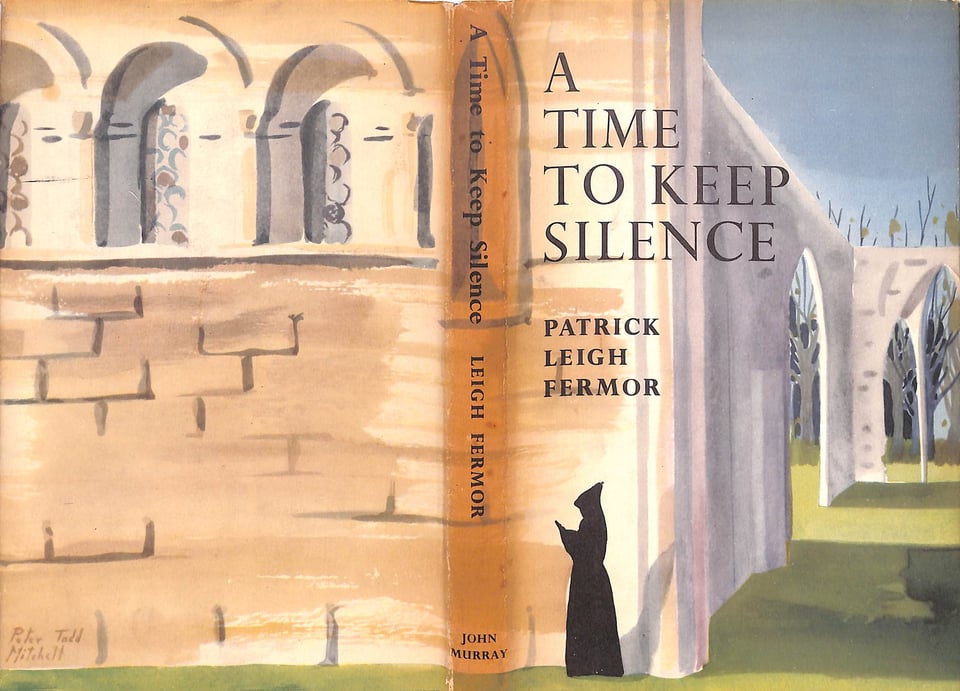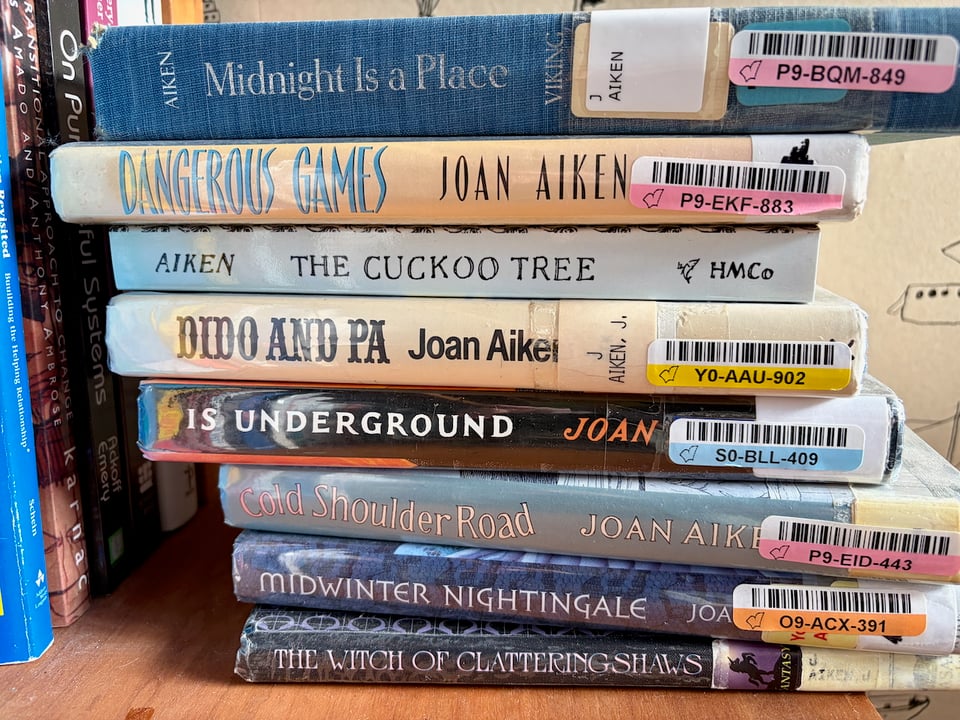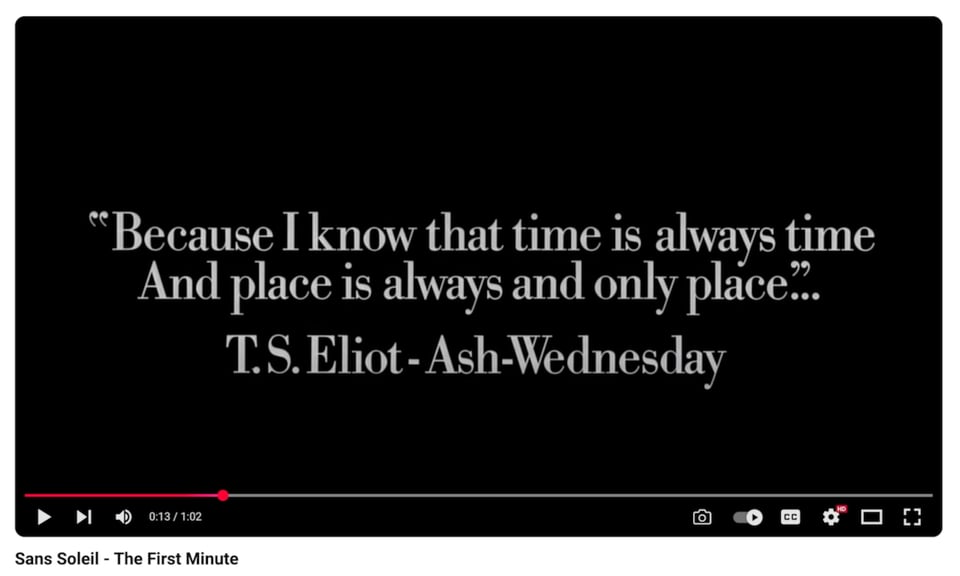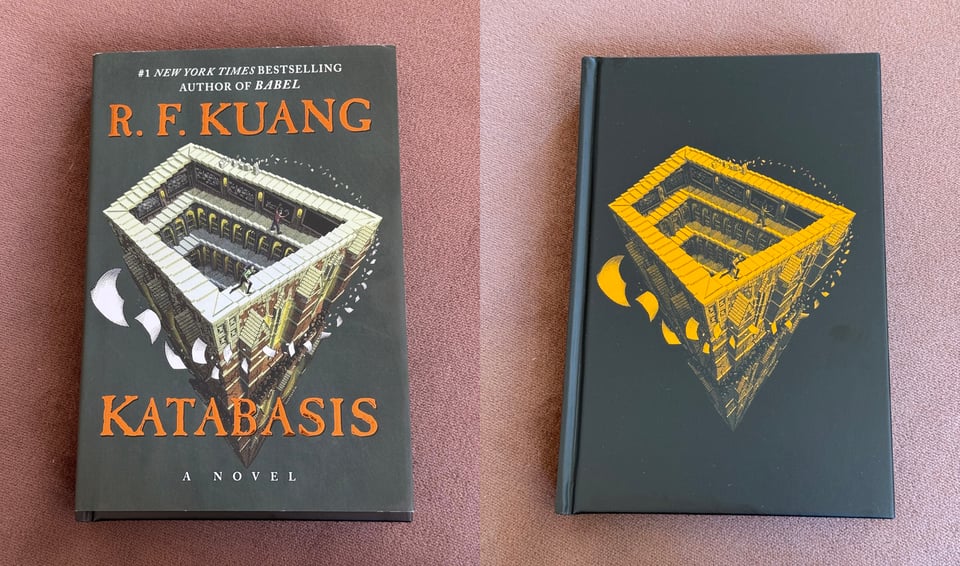Something Good #116: Fall Reading
"A silent university, a country house, a castle hanging in mid-air beyond the reach of ordinary troubles and vexations."


According to my Storygraph,1 this has been a very fruitful year of reading for me. Books: they remain the most consistently rewarding pastime (terrible word, but I didn’t want to say something horrible like “form of media consumption”) for me.
And while Barely a Book Club sits next to this newsletter on guilty hiatus, here’s an abridged list of recent reads of interest.
La Belle Sauvage and The Secret Commonwealth, by Philip Pullman: Last month I revisited the first two books in Pullman’s Book of Dust series in anticipation of this week’s The Rose Field, the final novel in the “Lyra” series of books that began with the His Dark Materials trilogy some 30 years ago. I’d remembered having mixed feelings about La Belle Sauvage, but I tore through it this time. A prequel to His Dark Materials, featuring a baby Lyra Belacqua rescued from a flood and various dark magisterial powers by an innkeeper’s son named Malcolm Polstead, this is a ripping and a little bit mystical adventure with a good amount of espionage tradecraft. The Secret Commonwealth picks up 10 years after the original trilogy, with a twentysomething Lyra estranged from her beloved daemon Pantalaimon. It’s a doorstopper of a book, no less of an adventure, but this time mournful, difficult, bleak. Can’t wait to see how Pullman lands this all.
The Empusium: A Health Resort Horror Story, by Olga Tokarczuk: The first book I’ve read by the Nobel-winning Polish novelist. Set in the twilight years before the first World War, this is a “sanatorium novel” about a tremulous young consumptive Polish man sent to take the waters and await his death in the mountain town of Görbersdorf (now Sokołowsko). There he hangs with a motley gang of misogynists, fading aristocrats, and other doomed idiots unaware of what lies just around the corner for both them and the entire world they inhabit.
When the Wolf Comes Home, by Nat Cassidy: Nat Cassidy is, full disclosure, a person I’ve worked a little with and who I consider a friend. He’s also a very talented horror novelist. I wasn’t sure what to expect from his latest; from the title, I guess I’d assumed it was a werewolf thing, but it’s a lot more than that. A struggling waitress/actress/improv comedian in Los Angeles comes across a lost little boy being pursued by a truly terrifying father figure and very, very quickly finds herself on the run. I loved how this story just kept expanding and expanding in scope until it briefly achieves a cosmic scale. It’s scary, funny, sad and as compulsively readable as my favourite Stephen King novels (this is a very big compliment). I’m sure this will hit screens in some form in the mid future; get in on the ground floor.
The Husbands, by Holly Gramazio: A single woman returns home from a night out only to find she has a husband waiting for her. When he goes up into the attic to retrieve something, a completely different man comes down. This man is now her husband. She realizes that every time a husband goes up the ladder to the attic, a different husband will return, with her entire life and past re-arranged around this new spouse. This is a very charming, very funny book that I recommended to everybody while I was reading it. Gramazio is also a video game writer and designer, which gives her extra points in my book.

A Time to Keep Silence, by Patrick Leigh Fermor: Fermor is the author of previous Barely a Book Club selection A Time of Gifts, which chronicled the first leg of his walk across Europe from Holland to Istanbul in the early 1930s. This slim book, written before the Gifts books but chronicling a period some 20-30 years after, is a study of monasteries. Fermor spent time in several European monastic institutions, La Grande Trappe, Solesmes Abbey and the Abbey of St. Wandrille, and visited the abandoned monasteries tunnelled into the rock at Cappadocia. He describes, beautifully, the mental experience of living in seclusion, its agonies but mostly its rewards, of completely transcending time and worldly concerns. “The Abbey became the reverse of a tomb—not, indeed, a Thelema or Nepenthe, but a silent university, a country house, a castle hanging in mid-air beyond the reach of ordinary troubles and vexations.” (One detail that stood out to me is the number of monks he spoke to whose only regret was they hadn’t cloistered themselves sooner.)
As an extroverted person with a deep difficulty just sitting by myself, with not indulging in constant distraction,2 with just being, I found this all very exotic, like a description of some unthinkably alien ritual practice. Which I suppose, it is.
A Time to Keep Silence is also notable for featuring an insane amount of English words I had never heard, or read before. At some point I started keeping a list.

Black Hearts in Battersea and Nightbirds on Nantucket, by Joan Aiken: I am becoming more and more obsessed with the children’s novels of Joan Aiken (who I first mentioned here).
I’ll repeat what I quoted from the New Yorker’s Brian Phillips (“The Practical Magic of Joan Aiken, the Greatest Children’s Writer You’ve Likely Never Read”):
Aiken’s favorite literary terrain was the blurred border where nineteenth-century realism begins to slip into folklore and fantasy. This is a realm of absurd stock characters and hoary narrative devices: cruel governesses, kindhearted orphans, counterfeit wills, hidden passageways, long-lost relations, doppelgängers, clues hidden in paintings, castaways, coincidences, sudden returns from the dead.
If that sounds good: these books are for you. Black Hearts and Nightbirds are the second and third books in her Wolves series, set in an alternate-history 19-Century England in which The Glorious Revolution never occurred. The action in the first book shifts to London, and in the third, improbably, Nantucket. Many of Aiken’s early books had cover illustrations by Edward Gorey, and it is tempting to think that they exerted a mutual artistic influence on each other. Wonderful stuff, great to read aloud. You can start the whole series with Black Hearts if you want to. They can be a bit hard to find in print so at some point I just bought a stack of library editions from eBay.


A selection from my list of unknown words from A Time to Keep Silence; the following definitions are from Merriam-Webster.
ascesis: “self-discipline, asceticism”
cordillera: “a system of mountain ranges often consisting of a number of more or less parallel chains”
mansuetude: “the quality or state of being gentle: meekness, tameness”
ogival: “of, relating to, or having the form of an ogive or an ogee”3
pendentive: “one of the concave triangular members that support a dome over a square space”
scoriae: “the refuse from melting of metals or reduction of ores”; “rough vesicular cindery lava”
tufa: “a porous rock formed as a deposit from springs or streams”
velleities: “the lowest degree of volition”
Side note: While reading Fermor’s book, I looked up the Abbey of St. Wandrille, founded 649, online, and found that the ancient institution has a robust web presence. Poking around, I discovered they have a brewery onsite, not unusual for a monastery. I’ve always been fascinated with very old restaurants, inns, places of that nature, so I was curious how many centuries, or even millennia, the monks had been making their signature beer.
At the end of 2014, having closed our reprography/micrography workshop, we looked for an artisan activity that would involve the whole community and enable us to sell, in our store, a quality product.
The idea of beer was launched… At the time, it seemed a daring gamble! But several providential encounters led us to recognize that the idea was the right one, and that such a project was blessed by the Lord…
By early 2016, we were ready: the premises were fitted out, the equipment installed, and we started brewing at the beginning of June! The brewery is officially inaugurated on December 1.
Not as long as I would have thought!
To balance the bookishness, this week’s featured epigraph is from a film, Chris Marker’s Sans Soleil:

“Because I know that time is always time
And place is always and only place”…
T.S. Eliot - Ash-Wednesday

I do have a book-derived #nojacketsrequired, though, sent in by reader and friend of the newsletter Calum Marsh. I have not yet read R.F. Kuang’s Katabasis but am very much enjoying her anti-colonial academic fantasy Babel, which would probably have made it on the above list if I’d started it a week or two earlier.
Bonus track: A song about me from the mid-2000s by the band Bold Saber which I had somehow forgotten for decades until old friend Michelle Fritzi Adelman sent me this link. Truly, I can’t believe this exists.
This has been October’s Something Good. I didn’t write about nearly as many books as I could have, so I’ll probably do a follow-up to this in the near future. And maybe a gift guide? Who can know? If you want to find out, subscribe below, and if you want a friend to find out, I invite you, with full mansuetude, to tell them to subscribe.

-
I regularly revisit 'A Time to Keep Silence' at Easter, and many years ago (2008!) I visit Farnborough Abbey to see where PLF wrote the final pages. It's now just off a busy road, with planes overhead coming in and out of the nearby airport, but it was still special and peaceful. Most visitors were there to see the Imperial Crypt (!) which I didn't know existed. It also has a robust web presence.
Add a comment: